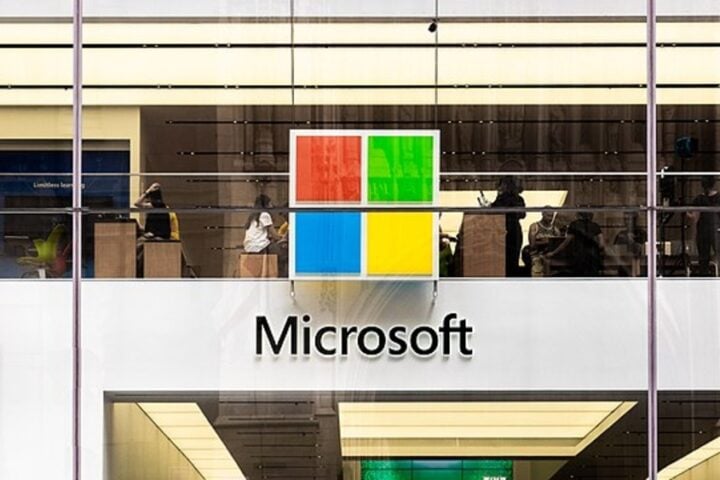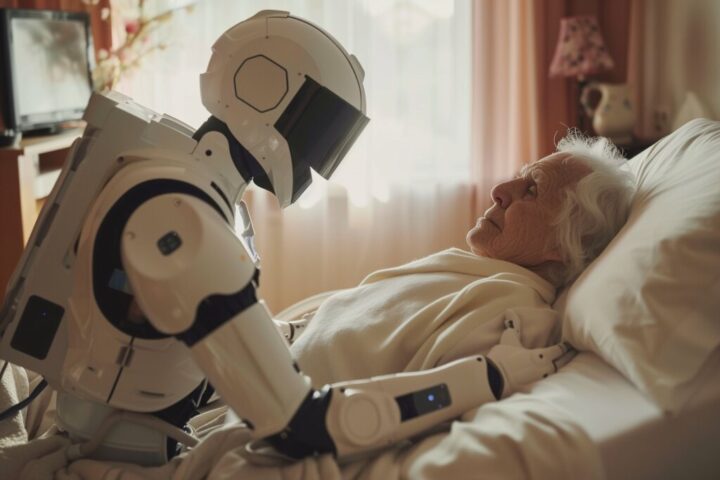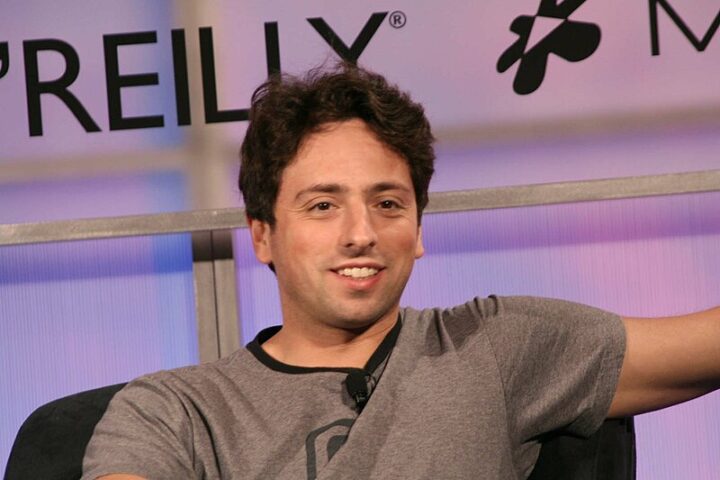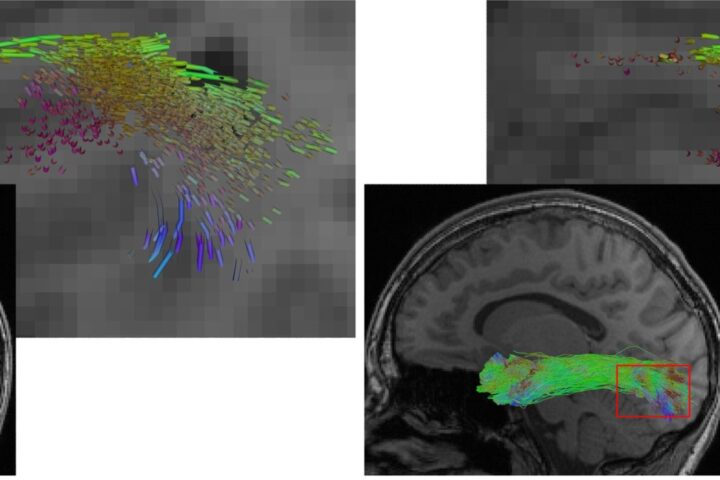In the age of technological advancements, the film industry is experiencing a paradigm shift. Digital cloning and AI tools, capable of recreating faces, voices, and exhibiting unparalleled realism, are at the forefront of this change. While these innovations offer cost-effective solutions for filmmakers, they also raise existential concerns for background actors.
The Digital Scanning Controversy
Alexandria Rubalcaba, a background actor in the Disney+ series WandaVision, recently shed light on a practice that’s becoming increasingly common in Hollywood: actors undergoing scans to create digital replicas. These scans, which require actors to perform various expressions and gestures, are then used in production. However, actors like Rubalcaba were neither informed about the purpose of these scans nor compensated for the potential indefinite use of their digital likenesses. Despite earning the SAG-AFTRA union rate of $187 a day, Rubalcaba has received no additional compensation for her digital replica’s use.
This revelation has intensified the ongoing SAG-AFTRA strike, marking the most significant labor dispute in Hollywood since the 1960s. The crux of the matter? Studios proposing a one-time payment for these scans, after which they can use the digital avatars indefinitely. This proposition has left many background actors apprehensive, fearing retaliation if they push back.
Veteran actor Rebecca Safier voiced concerns about potential career repercussions, especially if casting teams label her as ‘difficult’. Dom Lubsey, another background actor, shared similar sentiments, drawing from his experiences of being scanned multiple times on different film sets.
The AI Revolution and Its Implications
High-profile tech companies are not far behind in leveraging this technology. Apple, for instance, digitally replicated a mere 20 actors to simulate a crowd of 26,000. Such capabilities indicate the vast potential for cost savings AI offers to the industry.
Industry experts, including Andrew Susskind, a professor at Drexel University, believe that the increased use of digital extras could drastically reduce production costs. However, actors like Katrina Sherwood, a stand-in and background actress, are alarmed at the prospect of AI pushing them out of the industry.
The Battle for Consent and Compensation
The SAG-AFTRA union, representing approximately 160,000 active members, is advocating for clear consent and adequate compensation for the use of actors’ digital replicas. On the other side, AMPTP, a group representing studios and producers, assures “fair compensation” and seeks permission for AI creations. Yet, the nature of this consent is contentious. While studios propose a one-time permission, the union demands separate negotiations for each use of a digital likeness.
A Growing Concern Among Actors
The unease isn’t limited to background actors. Keanu Reeves recently amended his contract to prohibit the creation of his characters using computer graphics, highlighting the growing concerns among leading actors about controlling their likeness.
With around 84,200 of SAG-AFTRA’s members having performed background work, the implications of this AI revolution are vast. Last year alone, over 30,000 members worked as background actors, emphasizing the potential impact on a significant portion of the acting community.
As Hollywood embraces an AI-driven future, the industry stands at a crossroads. The potential for innovation and cost savings is undeniable. However, the ethical implications and concerns for job security among background actors cannot be overlooked. The evolving landscape demands clear regulations and protections for actors, ensuring that technological advancements don’t come at the cost of their livelihoods.


















